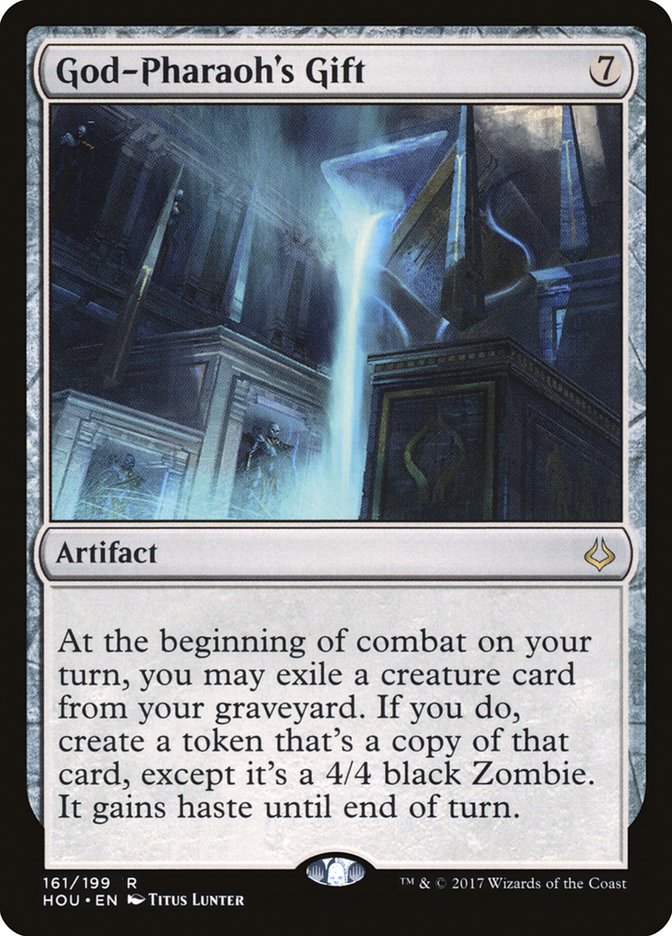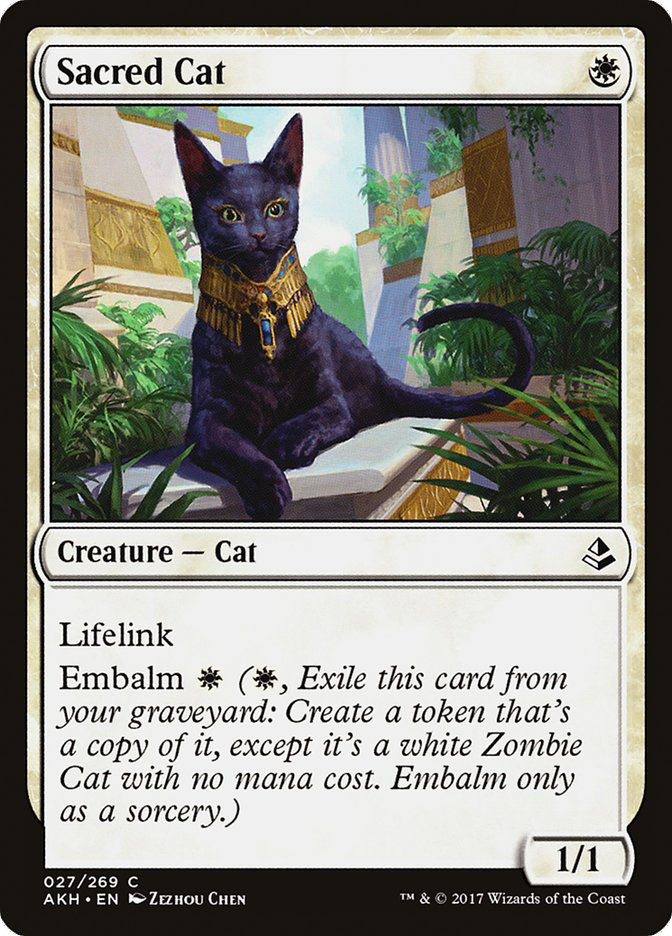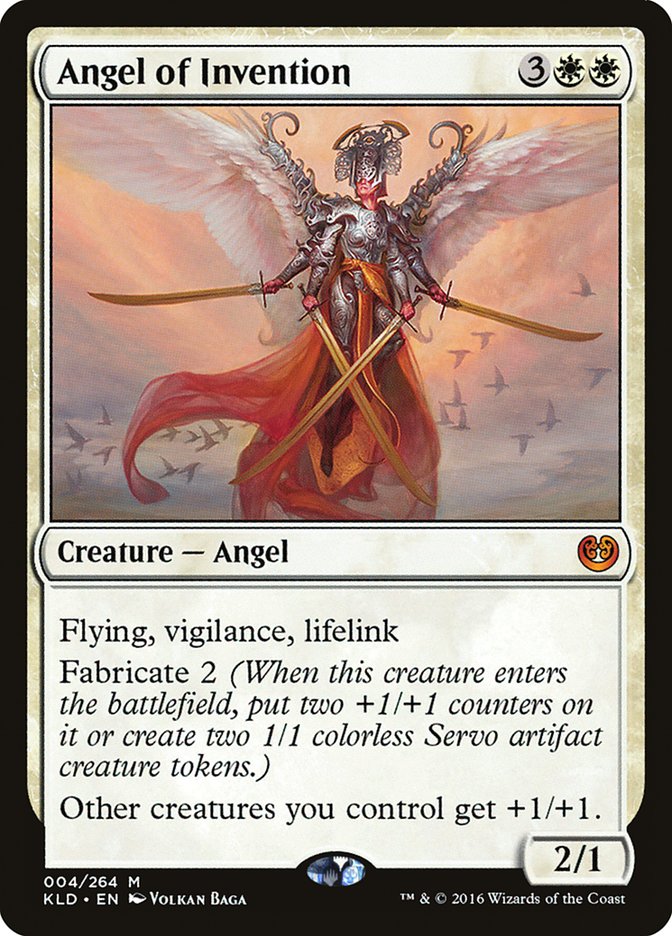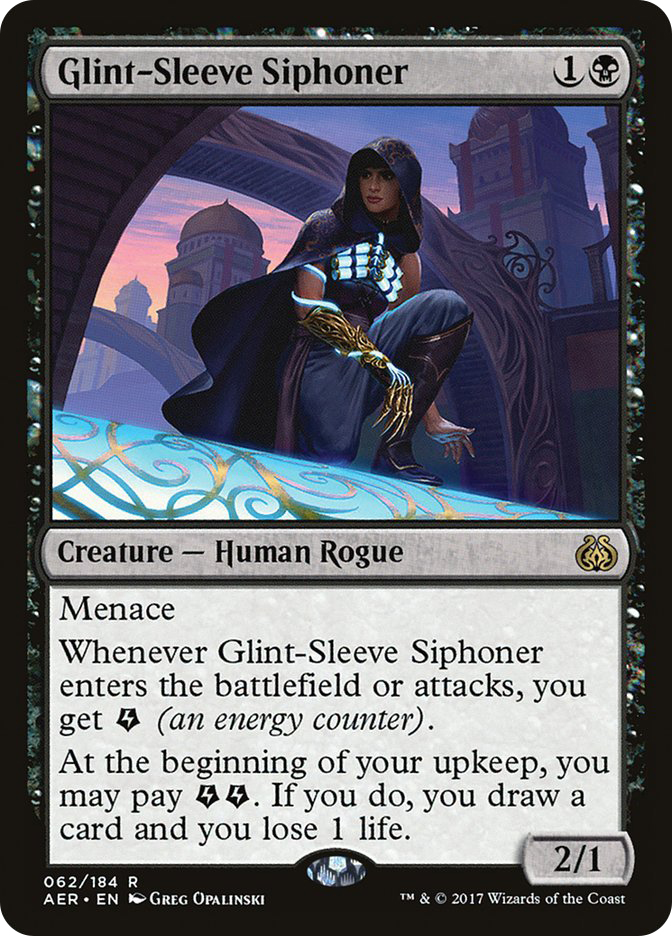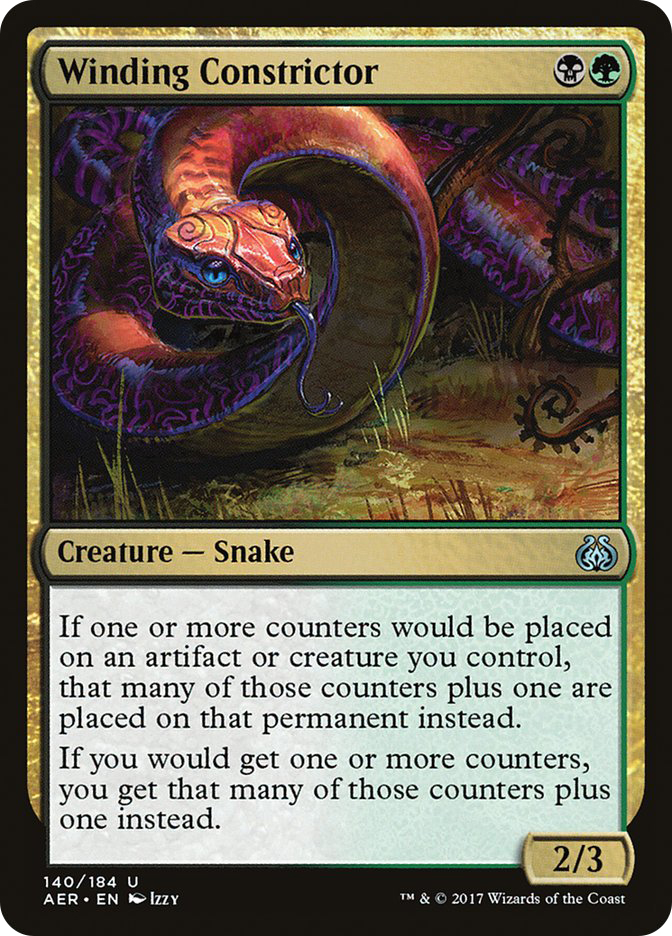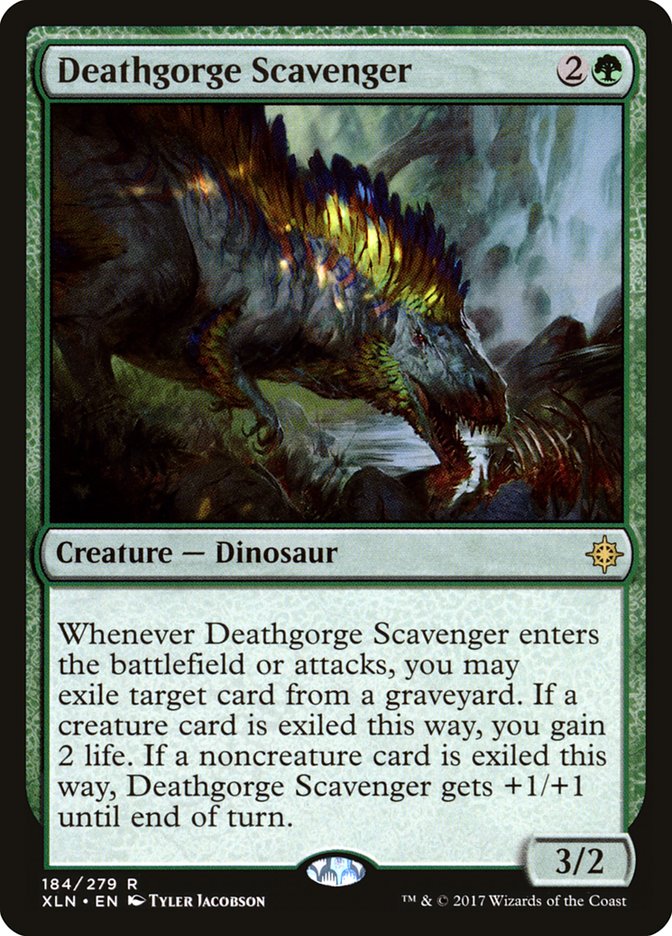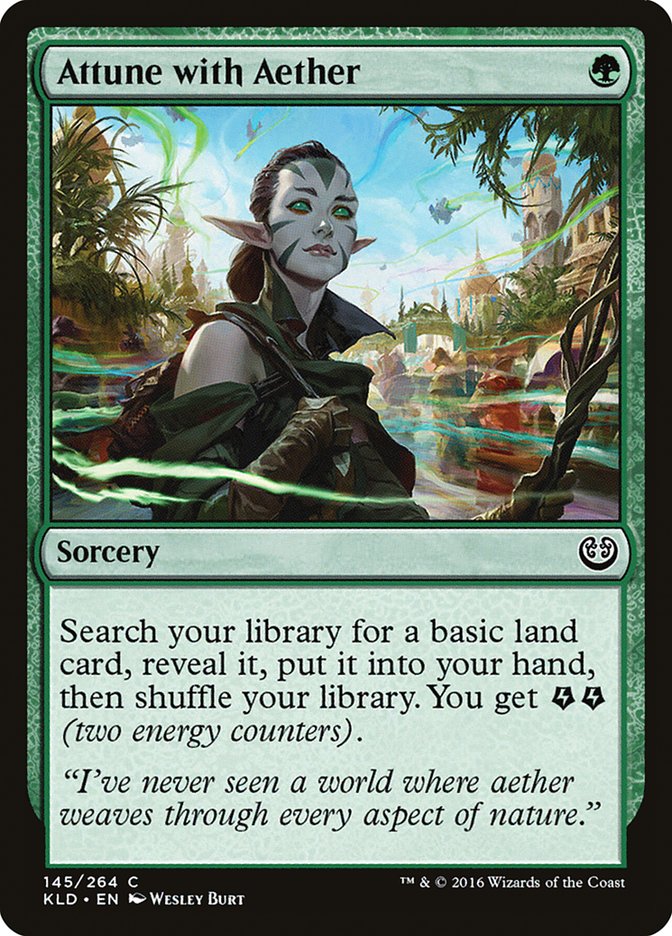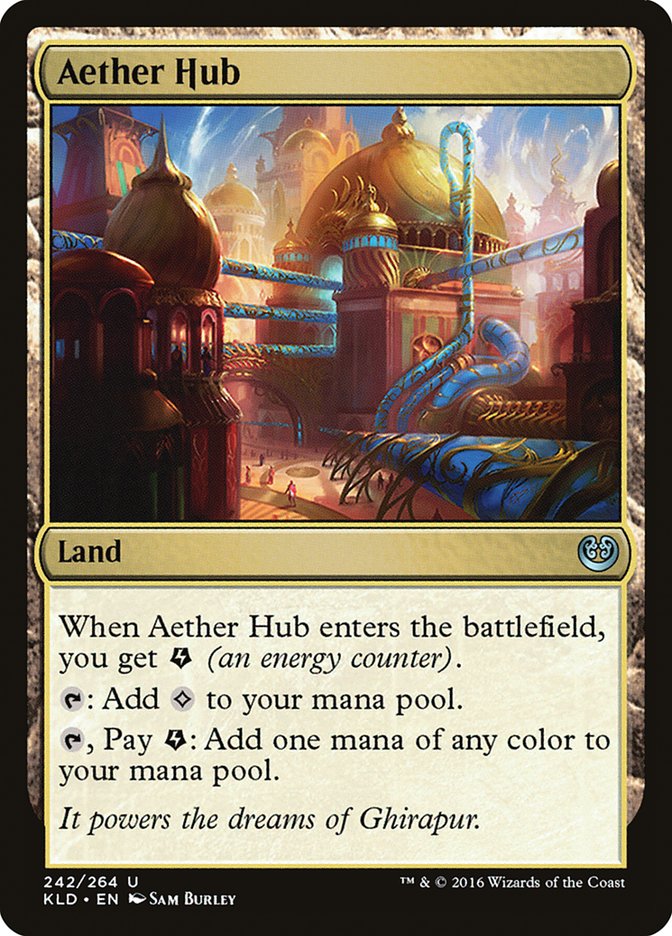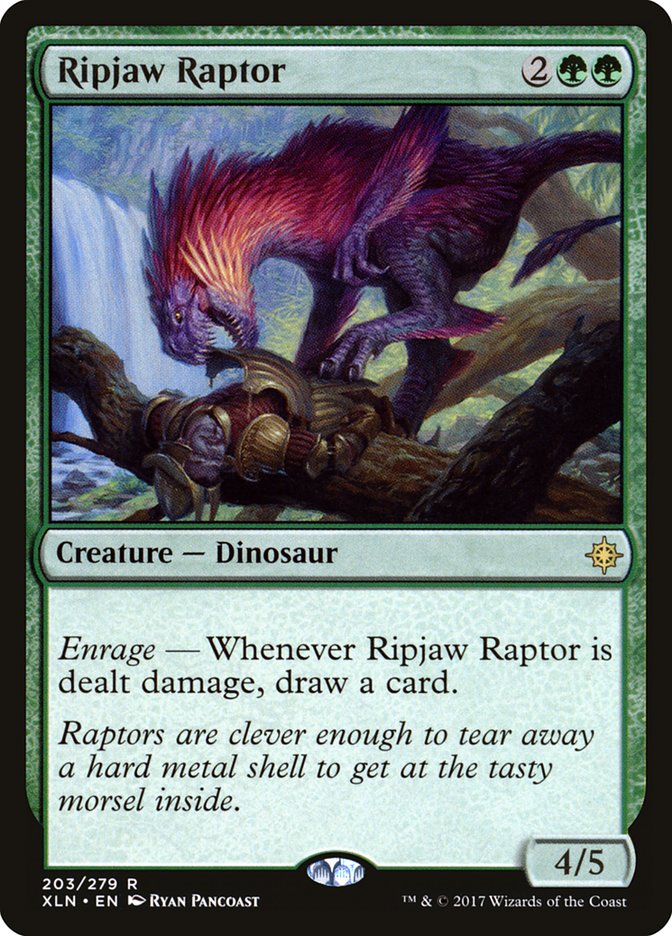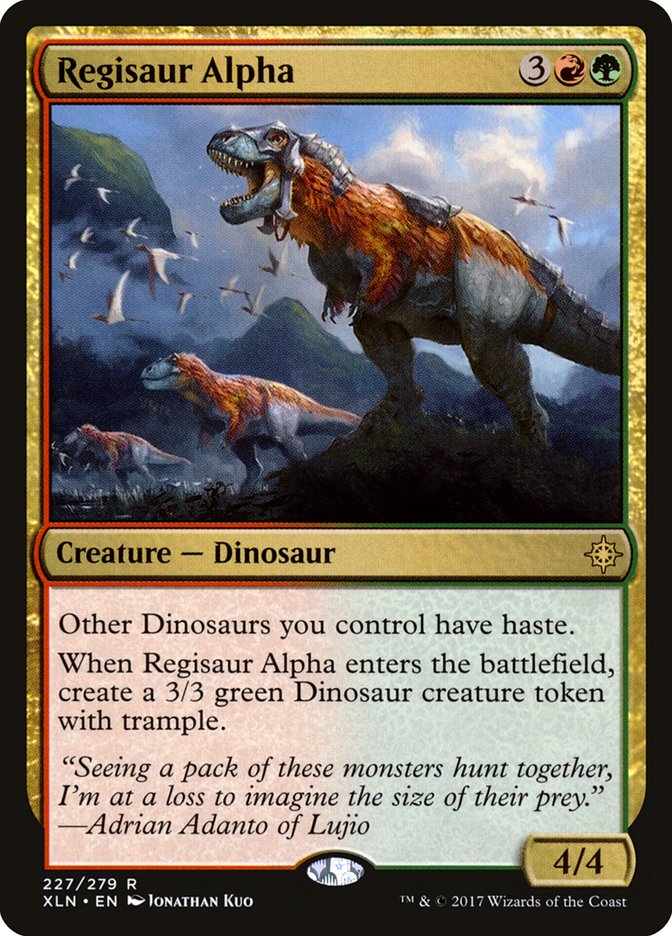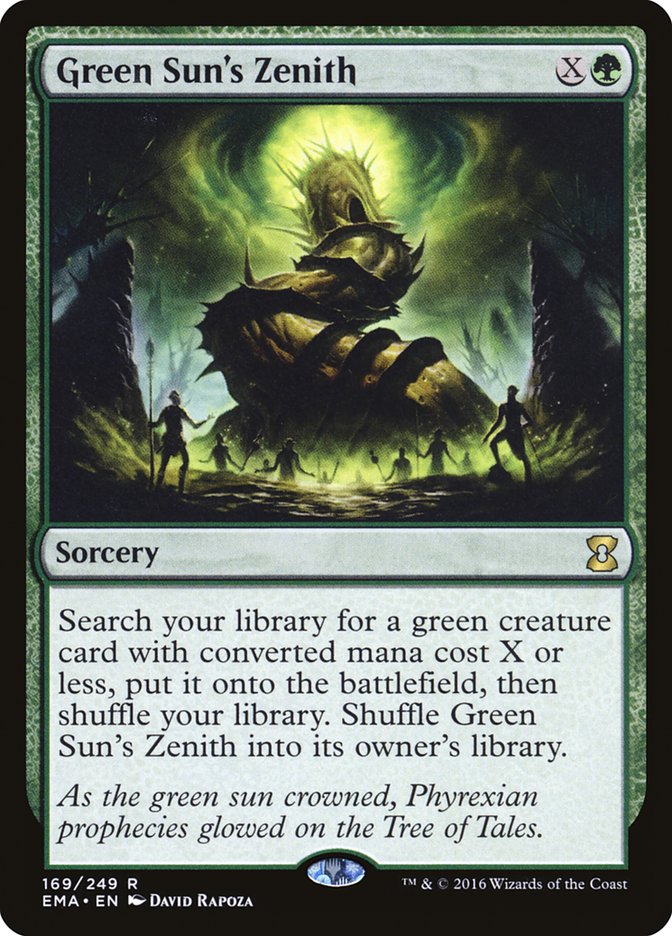Like many of you gearing up for Grand Prix Atlanta, we have a ton of information to analyze from the Pro Tour with some staggering numbers and some Unexpected Results. The event itself was a blast to watch and it ended with a fantastic five-game set between two truly diverse archetypes that not even I had guessed would make it to the finals. With a relatively diverse Top 8, looking at the semifinalists, you wouldn’t see the underlying issue we’ve been dodging for what feels like a year now.
We’ll get to that later, but for now let’s look at the decks that sat atop the tournament in the finals!
Creatures (16)
Lands (22)
Spells (22)

This deck looks exceedingly similar to that which I played only a single Pro Tour ago in Kyoto, Japan!
This wombo-combo uses the various self-mill effects like Minister of Inquiries, Strategic Planning, Chart a Course, and Champion of Wits to put one of the four copies of God-Pharaoh’s Gift into your graveyard on Turns 1 through 3, meanwhile finding a Refurbish to completely eschew Gate to the Afterlife and all the work and deckbuilding constraints that it puts on your deck while still getting all the benefits of a hasty 6/6 Angel of Invention.
One of the biggest innovations to this deck was the inclusion of Sacred Cat. While seemingly innocuous, this little 1/1 lifelinking kitty is what truly makes this deck work. Normally a deck like this struggles, since so much of its early-game is about using the various blue manipulation spells to find the combo pieces you need to go off. That’s where Sacred Cat shines the brightest, since it’s a card you’d love to see when looking at the top three with a Strategic Planning, since you can simply take the missing Refurbish or even land and buy some time, which is all this deck really needs.
This one simple inclusion really gives this deck game against Ramunap Red, and even just jumping in front of a much larger Cat in Longtusk Cub yields a ton of life gained. The issue I’ve always had with this deck was that there weren’t enough things to do when you weren’t Refurbishing your God-Pharaoh’s Gift on Turn 4. This deck doesn’t really have too much else going on, but it goes to show how something as simple as a medium Draft common can make all the difference.
So what’s the benefit and drawback for playing this version of God-Pharaoh’s Gift, as opposed to the Esper versions I’ve been championing in my previous articles?
The big draw to this straight U/W version is the raw power of the deck and removal of all the clunky creatures that are sometimes relatively poor given the matchup. Another bonus to the U/W version is it’s far more consistent at putting God-Pharaoh’s Gift on the battlefield early and doesn’t have to rely on the medium creature backup plan as often, since it doesn’t really have that option, playing only sixteen creatures.
The ability to cast Angel of Invention far more reliably than Esper is a big win for this deck as well, since sometimes that’s enough if the deck just needs a turn or so to find a copy of Refurbish. Also, the fact that you don’t have to fill your deck with so many creatures means you get to play cards like Cast Out and Fumigate to fall back on that can certainly break open a match up like Temur where they’re trying to rush you down, where the Esper version can’t afford to have a lot of instants and sorceries clogging up the deck.
Yet some of the U/W Gift deck’s strengths can become weaknesses. As mentioned before, they don’t have to rely on the backup plan of attacking with creatures, since they’re far more likely to have a God-Pharaoh’s Gift on the battlefield than Esper is. But in any sort of control matchup, that’s a huge knock against you, because no matter what you sideboard, there’s no way you’ll out-control them going late, which is likely where you’d end up, since their counterspells will keep you off an early Gift. If you’re not putting pressure on their life total they have all the time in the world to set up.
I do believe this was a conscious decision by Pascal Maynard for the event, since I know he played the Esper version at his Nationals, to abandon the control matchup for the most part and focus on beating Ramunap Red, Energy, and Token strategies. That decision obviously worked out for him at the Pro Tour, since there were very few control decks in the field as a whole. Another leg up on U/W that Esper has is the ability to deal with problematic creatures like Glint-Sleeve Siphoner, since the deck packs cards like Walking Ballista which are also fantastic against aggressive decks such as Ramunap Red. Finally, I don’t know about you, but I’d like to be on the side of a pseudo-mirror match with the deck that has access to Duress, Kitesail Freebooter, and Hostage Taker.
Overall, I think the U/W version of God-Pharaoh’s Gift was a great choice and is definitely easier to learn how to play than all the dynamics that Esper Gift forces you to manage. The downside is now the deck has a larger target on its head than going into the Pro Tour, so it might not be the best deck to bring to the Grand Prix just a week later.
The deck that might have turned some heads this past weekend was one that took down the first SCG Open this season in Dallas!
Creatures (25)
- 4 Longtusk Cub
- 4 Winding Constrictor
- 2 Rishkar, Peema Renegade
- 4 Glint-Sleeve Siphoner
- 4 Rogue Refiner
- 3 Walking Ballista
- 1 The Scarab God
- 3 Hostage Taker
Lands (21)
Spells (14)

With literally two cards changed in the maindeck from the same deck that Andrew Jessup knocked me out of the Dallas Open with, I know firsthand how annoying the Sultai Energy matchup is for God-Pharaoh’s Gift variants.
So what makes this deck so powerful? Well, despite being one of the worst cards in the deck overall, Winding Constrictor just plays incredibly well with the energy payoff cards like Longtusk Cub. The ability to turn every increment of two energy you have into two +1/+1 counters is incredible. I’ve had a Longtusk Cub get as large as 10/10 on Turn 3 with a start of Attune with Aether into Longtusk Cub followed by a Winding Constrictor into Aether Hub and an additional Attune with Aether.
While that seems like a dream scenario, it’s certainly possible and just one of the many things Winding Constrictor does for a deck like this. I think I of all people don’t need to be told twice the interaction of Winding Constrictor and Walking Ballista or Rishkar, Peema Renegade. Those three best friends from Aether Revolt have done me well this year and I fully expect that not to change for the year to come.
Not only does this deck get to have amazing synergies that no deck can really compete with outside of having a plethora of removal, you get to have the best backup plan of just casting The Scarab God and riding that to victory! Not to mention that being base blue and black means you get to cast the best sideboard cards in the format for fighting a control deck, with Duress and Negate leading the charge.
I remember giving the tech of Deathgorge Scavenger to Andrew Jessup before SCG Dallas and thinking it couldn’t possibly come back to bite me? In case you didn’t know, it very much so did, and while a season or two ago, when I was doing nothing but casting Traverse the Ulvenwald, I would have killed for a card that could help fight Emrakul, the Promised End fights, as of now I’m kind of lamenting its existence, as it messes with all the fun things I’ve been doing in this format!
But what else happened at this past weekend that you should expect to see this weekend at the Grand Prix?
Now we’re getting to what I alluded to earlier. Not two rounds into the Constructed portion of the tournament, we were given the metagame breakdown and people weren’t surprised. Here are the top five Constructed decks from the Pro Tour and the percentage of the field they accounted for.
Temur Energy – 107 players – 23.6%
Ramunap Red – 89 players – 19.6%
Four-Color Energy – 89 players – 19.6%
Sultai Energy – 23 players – 5.1%
Mardu Vehicles – 20 players – 4.4%
Now, I’m no mathematician, but that’s a total of 219 players and 48.3% of the field playing Attune with Aether and Aether Hub in this event. While they don’t do much to break a game the way we’ve seen with some of the cards that have ended up on the banned list this past year do, they do push many of the cards that enter the format and get people excited for out of the range of playability right from the start.
Like so many of you, I was thrilled as the prospect of being able to throw down giant, awesome-looking Dinosaurs and crash in to the red zone and savage my opponents.
Unfortunately, about two weeks and several hundred Magic Online event tickets into the release of Ixalan, I found myself asking why I wasn’t just playing Longtusk Cub, since it’s likely bigger than even Carnage Tyrant can get and it costs a third of the mana. Why work hard to have a great removal spell in Savage Stomp when you can have better mana utilizing Attune with Aether and getting the benefit and flexibility of a removal spell like Harnessed Lightning?
Don’t get me wrong; Attune with Aether and Aether Hub aren’t broken cards by any means. They’re highly versatile and help a deck play out a normal game. The issue I have with them is that at some point in deckbuilding any deck with base green mana in it for Standard, I have to seriously ask myself why any of what I’m doing is better than just playing Temur/Sultai/Four-Color Energy, and to be honest, I’ve had a very hard time answering that question. There’s no way playing B/G Constrictor is in any way better than just splashing for blue and playing Sultai Energy, or how any R/G Aggro deck shouldn’t also be energy-based and be splashing blue for Rogue Refiner and Whirler Virtuoso.
While there is the diversity of which flavor of Attune with Aether you get to play in this format, with Temur, Sultai, and even Four-Color Energy all having proven themselves, is that really okay? I find it difficult to imagine a world where something is printed in the next year that truly outclasses or even rivals the synergies that energy provides. Normally it’s not too difficult to disrupt a synergy-driven deck by picking off their creatures and watching the house of cards crumble out from beneath your opponent. With the energy mechanic, they work well when in tandem, but they don’t need to survive to gain any of their benefit, which makes disrupting them so incredibly difficult.
The analogy that can be made here is to Green Sun’s Zenith in Modern. While that card is a little bit more powerful than either Aether card we’re talking about, Zenith did push every other green deck out of the format, since there was no reason not to have the incredible Elvish Mystic split card in your deck and it was only going to get better as time went on.
Banning Attune with Aether and Aether Hub would be an admission that energy was a mistake, as we’ve seen just how powerful the mechanic is this year. What banning either card would do is open a door to a variety of decks to exist and compete with the energy variants without having to continuously printing new cards that eclipse previous design mistakes like energy. What banning them would not do is destroy the archetype altogether. Maybe the four-color variants wouldn’t be able to exist without such free and fluid mana fixing, but there are plenty of games in which Temur Energy still functions without drawing those cards.
Reducing the overall power level of the archetype but not destroying it entirely might just be the best way to go. It’s also possible that Rivals of Ixalan has something in store for us to help combat energy more effectively than we currently have available. The other option is to simply do nothing and improvise, overcome, and adapt to the environment. Either way, I know I’m excited for Grand Prix Atlanta this weekend. Standard has been my playground for the past year or so, and much like any event StarCityGames.com hosts, it’s bound to be a blast!



